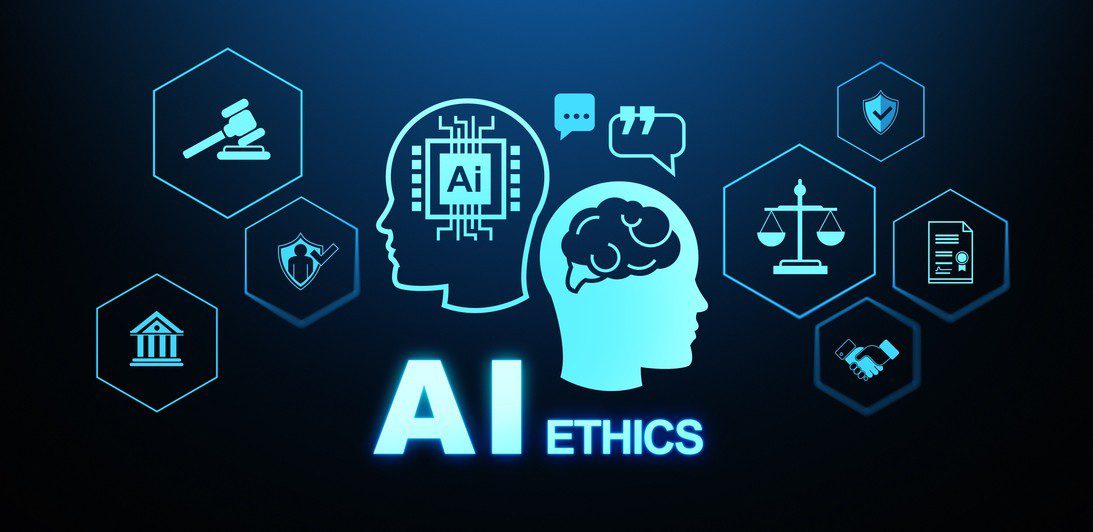Licensing & Protection Strategies for ISVs
Independent Software Vendors (ISVs) face several critical challenges at the intersection of artificial intelligence (AI) and software licensing and protection. The legal frameworks around AI-generated content, IP rights, and model ownership are still maturing, creating compliance uncertainties. AI models and data pipelines are now core assets—but vulnerable ones. Traditional licensing models don’t fit dynamic, usage-driven AI applications. ISVs face risks of IP theft, misuse, and revenue leakage. These many challenges span legal, technical, operational, and business strategies.
Licensing AI-Driven Software – The Challenge
Traditional licensing models (per-seat, perpetual, or subscription) don’t always fit AI-powered software that adapts, learns, or is used via API calls. While usage-based models (e.g., per inference, per training hour) are emerging, standards are lacking. Because tracking AI models may run on third-party infrastructure (e.g., edge devices, customer clouds), it becomes harder to monitor and enforce license compliance.
Protecting AI Models and IP
AI models, especially when deployed at the edge, are vulnerable to reverse engineering or theft. Without robust obfuscation or encryption, competitors or malicious actors could extract proprietary models. Ensuring that AI models can only be run by licensed users is a technical and legal hurdle. ISVs using third-party or customer data to train models must ensure they have rights to do so and must protect customer data/IP during deployment.
Managing Revenue and Value Leakage
AI models can be copied or deployed multiple times without detection if not protected, leading to lost revenue. Enforcing use restrictions (e.g., model can only be used in the U.S., or for medical diagnostics) is difficult once the software is out of the vendor’s control.
Technical Integration of Third-Party Licensing Systems
Integrating licensing mechanisms into AI runtimes isn’t always straightforward. Licensing solutions must work across environments: cloud, on-premise, mobile, and edge.
Monitoring and Usage Analytics
ISVs often lack insight into how AI software is being used (what features, how often, by whom). This lack of visibility complicates support, pricing, and future development.
Licensing Models Built for AI
Traditional licensing models, like perpetual or per-seat are hard to enforce with cloud/machine learning workloads. Modern licensing features such as usage based, API metering and call limits, or time-limited or feature-restricted trial licenses are better suited for AI-driven software applications.
Protecting the AI Model Itself
Modern protection technology can encrypt model files and configurations and tie model execution to a secure license container (dongle or software), and thus, prevent model extraction and reverse engineering.
Best Practices for ISVs
- – Treat AI assets (models, data) like source code
- – Use secure containers and strong licensing bindings
- – Enable flexible models that evolve with customer usage
- – Monitor license usage and violations proactively
- – Partner with licensing and protection partners for integration of modern technologies
Check out the award-winning CodeMeter software licensing and protection system from Wibu-Systems.



